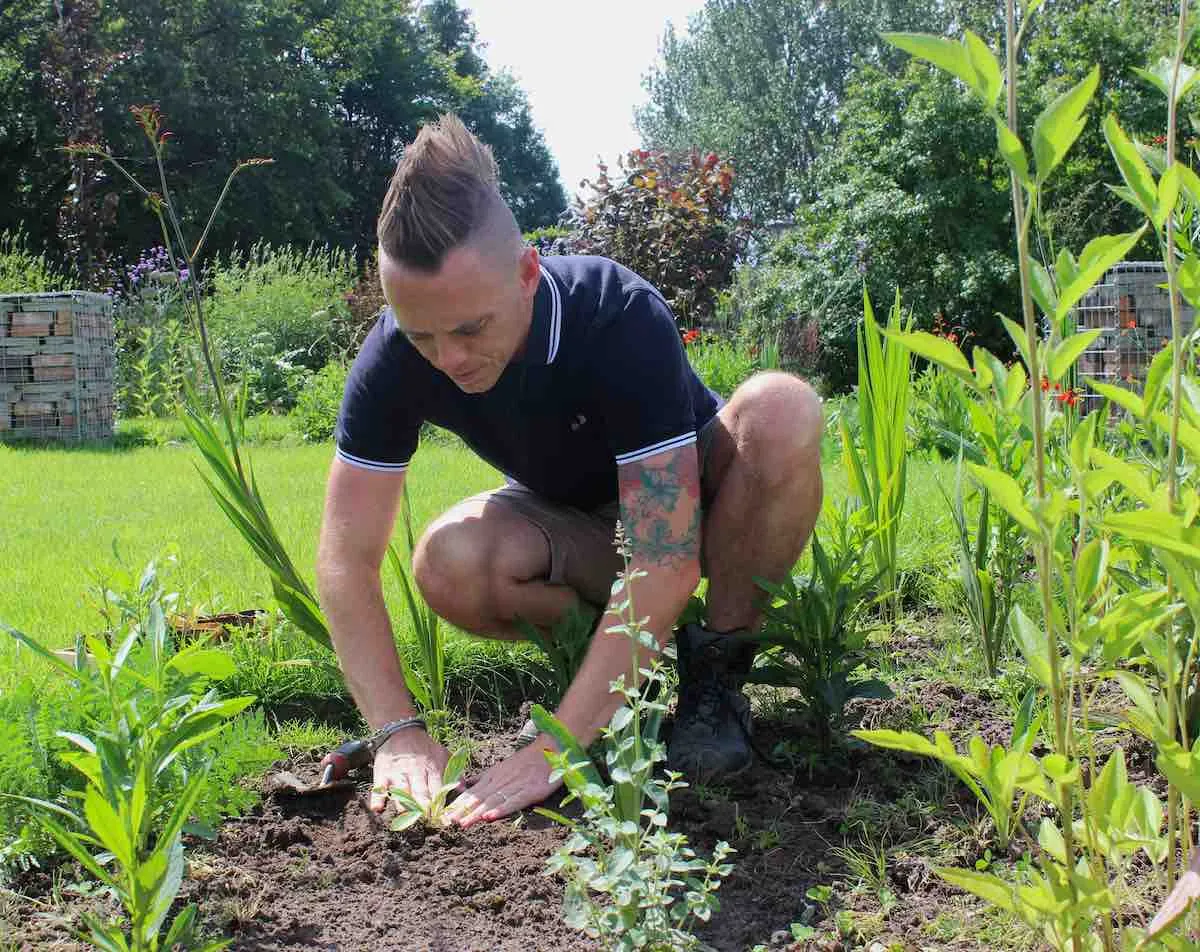Hi @guernseyman
Welcome to the forum! From your description and the symptoms you're describing, this sounds very much like grey mould (Botrytis cinerea) affecting your grapes. The blackening, stunted growth, and eventual shrivelling are classic signs of this fungal infection, particularly in greenhouse environments where humidity can build up. It's definitely not grape gall which I've answered here.
What is Grey Mould?
Grey mould is one of the most common fungal diseases affecting grapes, especially in protected environments like greenhouses. It thrives in humid, poorly ventilated conditions and typically attacks young, developing fruit first. The fungus initially appears as small dark spots that gradually spread, causing the grapes to blacken and eventually shrivel. The fruit flies you mentioned last year would have been attracted to the rotting fruit, which is typical when botrytis takes hold.
Why Your Greenhouse Environment is Contributing
Your greenhouse in Guernsey, whilst providing protection, is likely creating the perfect conditions for grey mould development. The mild, humid climate combined with potentially poor air circulation around the vine creates an environment where botrytis spores can settle and multiply rapidly. The fact that you've had fifty bunches form this year means there's likely overcrowding, which reduces air flow around individual grape clusters and increases humidity levels around the fruit.
Immediate Action Required
You need to act quickly to prevent the spread. Remove all affected grape bunches immediately and dispose of them well away from the greenhouse (don't compost them). This will reduce the spore load in your growing environment. Thin out your remaining grape bunches significantly, keeping only the best developed ones. Fifty bunches is far too many for a vine that's been cut back recently, and this overcrowding is contributing to your problem.
Improving Ventilation and Environment
Open all available vents in your greenhouse during the day and ensure good air circulation around the vine. If possible, install a small fan to keep air moving. Water the vine at soil level rather than overhead watering, and avoid getting the foliage and fruit wet. Water early in the morning so any moisture can evaporate during the day.
Greenhouse Hygiene and Treatment
A thorough cleaning of your greenhouse is essential to break the disease cycle. Remove the vine temporarily if possible, or protect it well, then give the entire greenhouse structure a comprehensive clean with Jeyes Fluid diluted according to the manufacturer's instructions. This will kill any lingering botrytis spores on the glass, framework, staging, and floor. Pay particular attention to corners, crevices, and any areas where organic matter might have accumulated. Allow the greenhouse to dry completely before returning the vine or any equipment. This autumn clean will significantly reduce the spore load for next season.
Long-term Management
For next year, ensure you prune the vine properly in winter to prevent overcrowding of shoots and grape bunches. Good pruning creates better air circulation and reduces disease pressure. Also consider improving permanent ventilation in your greenhouse, perhaps by installing automatic vent openers.
The good news is that with proper management, grey mould is entirely preventable. Your vine is clearly vigorous after the hard pruning, so with better environmental control, you should get back to producing good-quality grapes.
Best of luck with sorting this out!
Lee Garden Ninja
Hi @guernseyman
Welcome to the forum! From your description and the symptoms you're describing, this sounds very much like grey mould (Botrytis cinerea) affecting your grapes. The blackening, stunted growth, and eventual shrivelling are classic signs of this fungal infection, particularly in greenhouse environments where humidity can build up. It's definitely not grape gall which I've answered here.
What is Grey Mould?
Grey mould is one of the most common fungal diseases affecting grapes, especially in protected environments like greenhouses. It thrives in humid, poorly ventilated conditions and typically attacks young, developing fruit first. The fungus initially appears as small dark spots that gradually spread, causing the grapes to blacken and eventually shrivel. The fruit flies you mentioned last year would have been attracted to the rotting fruit, which is typical when botrytis takes hold.
Why Your Greenhouse Environment is Contributing
Your greenhouse in Guernsey, whilst providing protection, is likely creating the perfect conditions for grey mould development. The mild, humid climate combined with potentially poor air circulation around the vine creates an environment where botrytis spores can settle and multiply rapidly. The fact that you've had fifty bunches form this year means there's likely overcrowding, which reduces air flow around individual grape clusters and increases humidity levels around the fruit.
Immediate Action Required
You need to act quickly to prevent the spread. Remove all affected grape bunches immediately and dispose of them well away from the greenhouse (don't compost them). This will reduce the spore load in your growing environment. Thin out your remaining grape bunches significantly, keeping only the best developed ones. Fifty bunches is far too many for a vine that's been cut back recently, and this overcrowding is contributing to your problem.
Improving Ventilation and Environment
Open all available vents in your greenhouse during the day and ensure good air circulation around the vine. If possible, install a small fan to keep air moving. Water the vine at soil level rather than overhead watering, and avoid getting the foliage and fruit wet. Water early in the morning so any moisture can evaporate during the day.
Greenhouse Hygiene and Treatment
A thorough cleaning of your greenhouse is essential to break the disease cycle. Remove the vine temporarily if possible, or protect it well, then give the entire greenhouse structure a comprehensive clean with Jeyes Fluid diluted according to the manufacturer's instructions. This will kill any lingering botrytis spores on the glass, framework, staging, and floor. Pay particular attention to corners, crevices, and any areas where organic matter might have accumulated. Allow the greenhouse to dry completely before returning the vine or any equipment. This autumn clean will significantly reduce the spore load for next season.
Long-term Management
For next year, ensure you prune the vine properly in winter to prevent overcrowding of shoots and grape bunches. Good pruning creates better air circulation and reduces disease pressure. Also consider improving permanent ventilation in your greenhouse, perhaps by installing automatic vent openers.
The good news is that with proper management, grey mould is entirely preventable. Your vine is clearly vigorous after the hard pruning, so with better environmental control, you should get back to producing good-quality grapes.
Best of luck with sorting this out!
Lee Garden Ninja
 Lee Burkhill: Award Winning Designer & BBC 1's Garden Rescue Presenters Official Blog
Lee Burkhill: Award Winning Designer & BBC 1's Garden Rescue Presenters Official Blog



